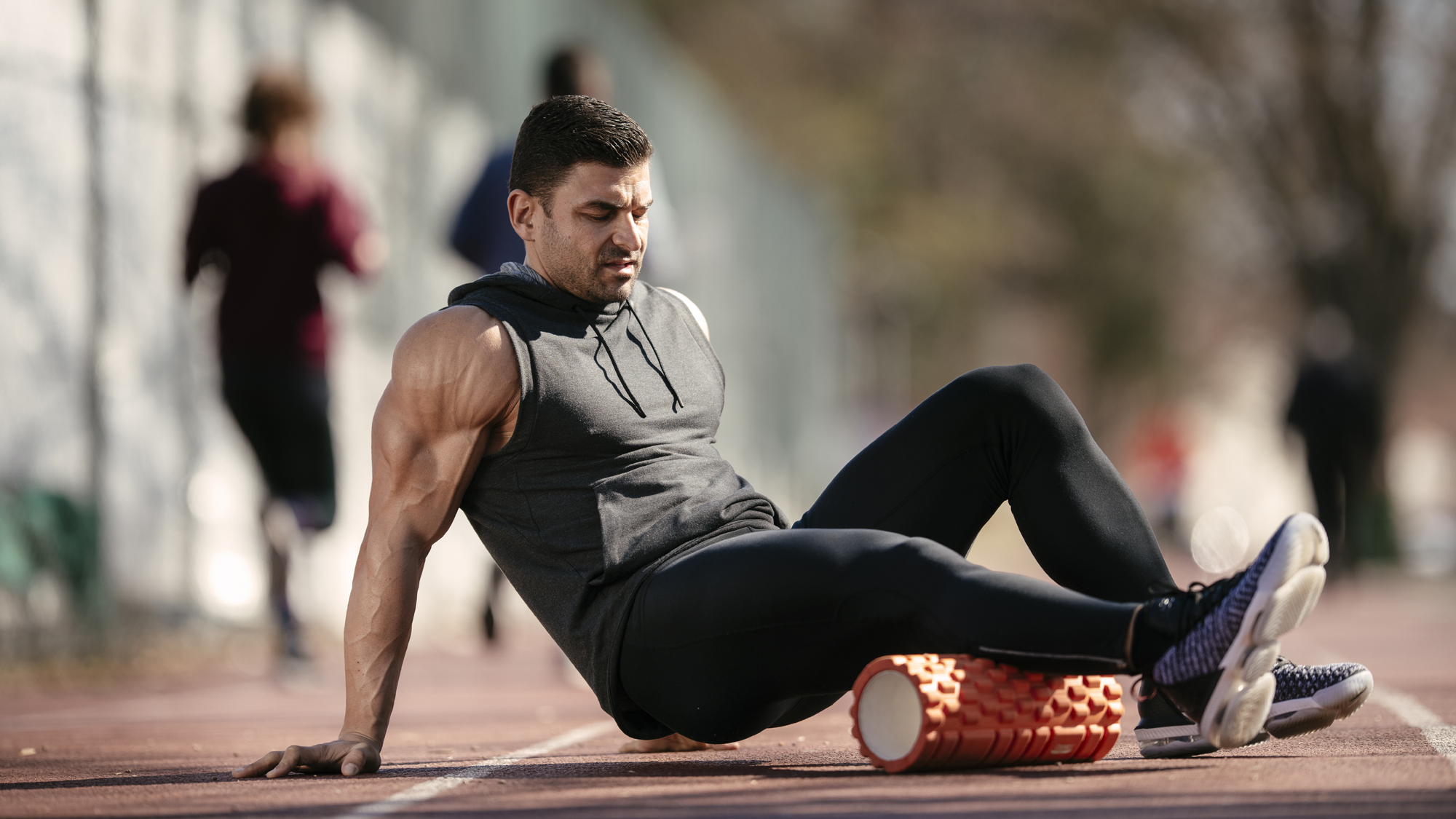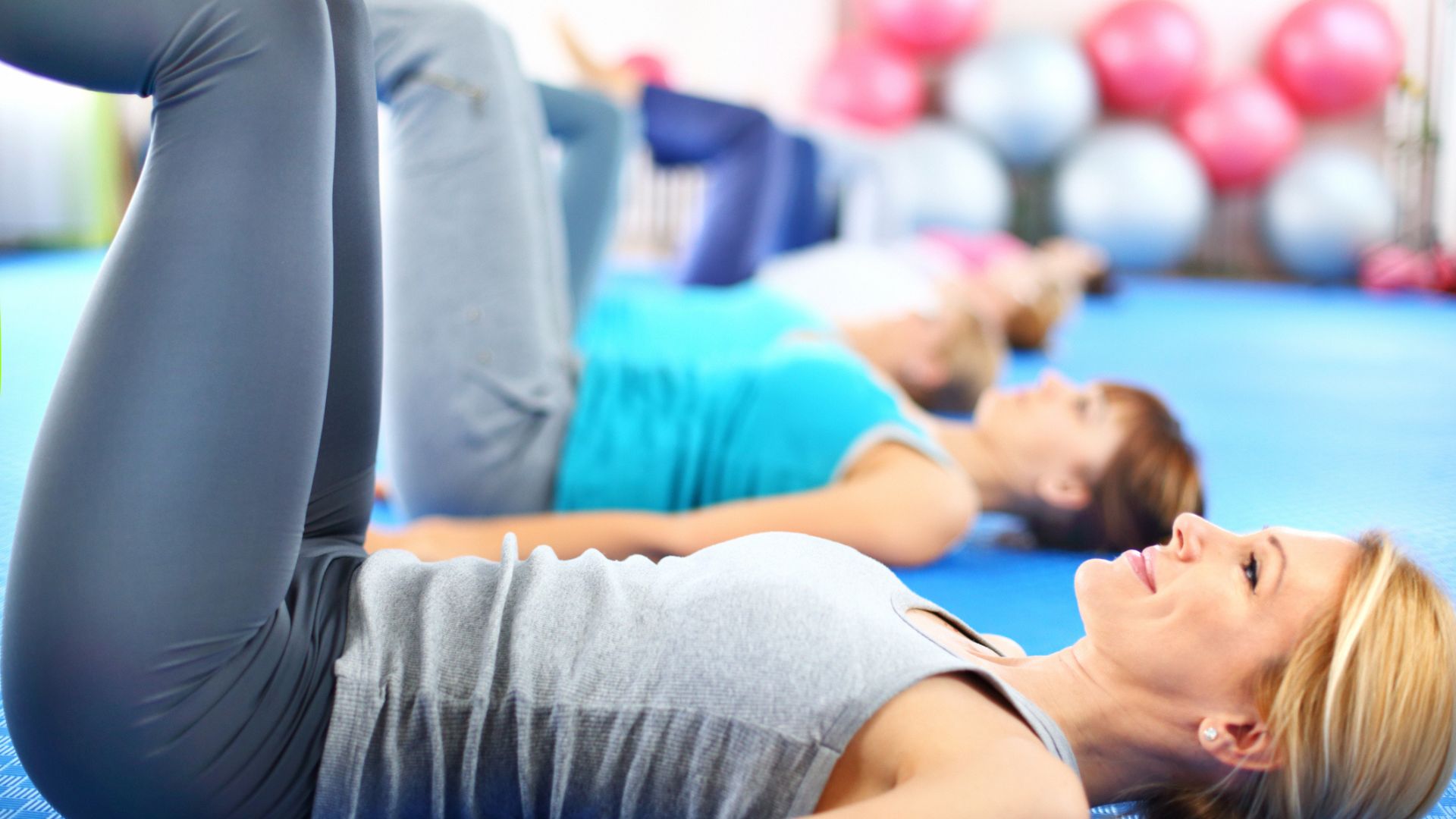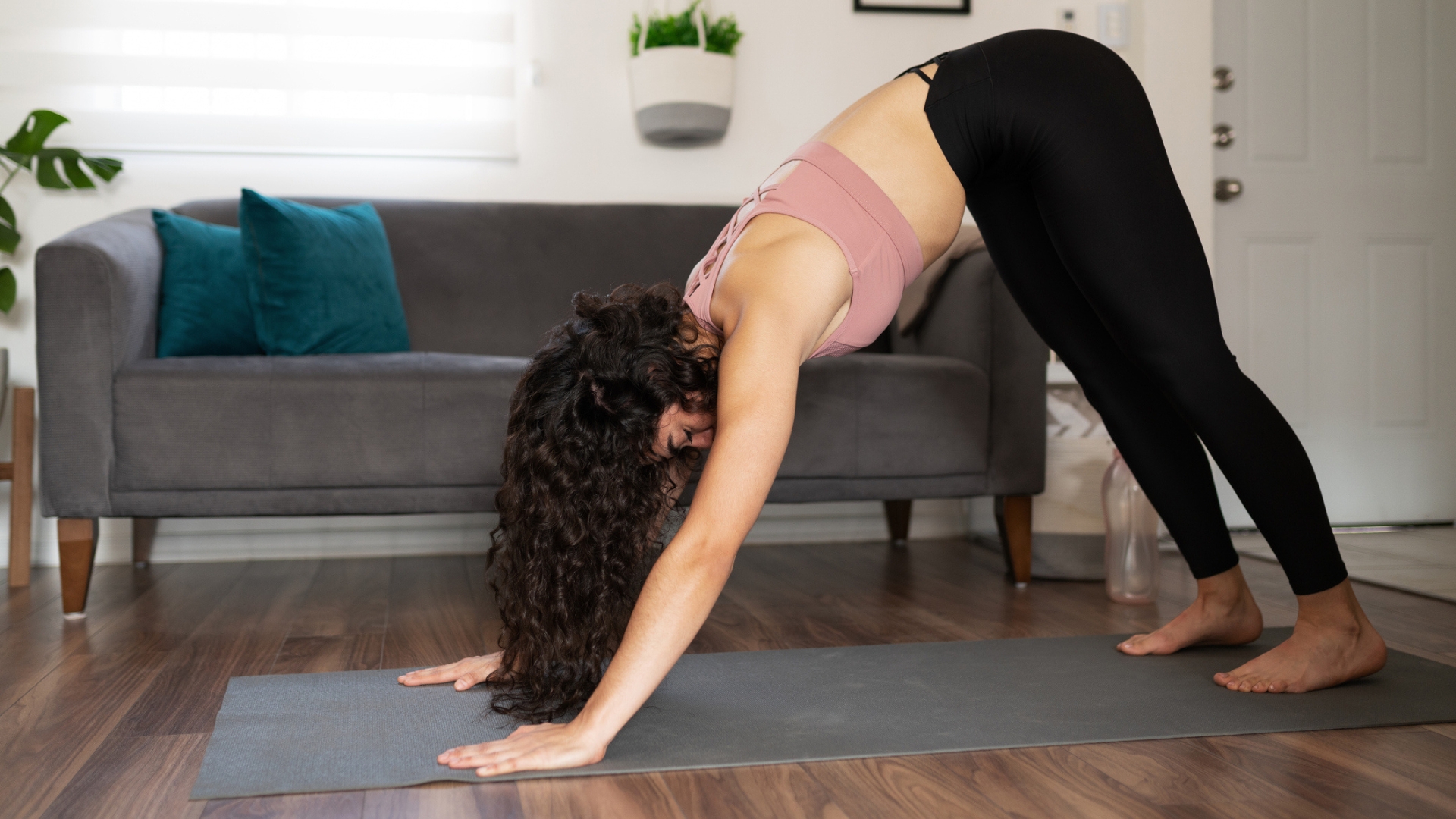Research has found how to build bigger muscles with a foam roller
According to a new study, how long you massage your muscles with a foam roller could make all the difference


At the end of a tough training session, you probably want to take well-deserved rest following a few cool-down stretches. But researchers have found that using a foam roller for three minutes could dramatically improve your workout's muscle-building effect.
Most people think of post-exercise muscle-building as a nutritional issue, using one of the best protein powders for weight loss after exercise. Whether your goal is to drop pounds or get stronger, these lower-calorie options help you develop lean muscle. We take post-workout protein to aid the recovery process after damaging the muscle fibers during exercise.
However, foam rolling is another great way to help be muscle-building process along, as massaging the affected areas promotes blood flow too.
It's not always clear how long you should spend with one of the best foam rollers, though. It might feel like a minute is plenty, especially as it'll be a bit sore, but new research has found that three minutes is the most effective for muscle recovery.
The team asked nine men in their mid-20s with resistance training experience to trial one minute, three minutes, or no foam rolling after multiple sets of knee extensions. The researchers monitored changes to the vastus lateralis, a muscle in your thigh.
After analyzing the results, the study's authors found that the most significant changes to the size of the vastus lateralis happened after three minutes of foam rolling. Impressively, this was seen across all of the participants.

Five of the group had smaller size changes after a minute, while just one of the men experienced an increase in the size of his thigh muscle without any foam rolling. Meanwhile, there was no time effect on the size of the rectus femoris, a separate thigh muscle.
Get the Fit&Well Newsletter
Start your week with achievable workout ideas, health tips and wellbeing advice in your inbox.
Interestingly, the study contradicted the long-standing notion that foam rolling negatively impacts your strength. The team found that whether you foam rolled for a minute or three, it made no difference to the total load lifted during the knee extension exercise.
So, this relatively simple massaging technique can help you build bigger muscles without harming your weights session, but there's another good reason to add foam rolling to your post-training routine.
Even the most experienced among us can still feel the effects of delayed onset muscle soreness (DOMS). As the muscles tear during exercise, it causes pain and discomfort in the days following your workout.
Using a foam roller is an inexpensive DOMS recovery tip, along with getting a massage, lifting lighter loads until the pain passes, and taking recovery days between resistance training sessions.
Although DOMS is a normal part of training, if you're getting soreness in your joints, taking some of the best supplements for joints can reduce this pain and help you stay active. It might also be worth switching to these low-impact exercises to avoid joint pain too.

James is a London-based journalist and Fitness Editor at Fit&Well. He has over five years experience in fitness tech, including time spent as the Buyer’s Guide Editor and Staff Writer at technology publication MakeUseOf. In 2014 he was diagnosed with a chronic health condition, which spurred his interest in health, fitness, and lifestyle management.
In the years since, he has become a devoted meditator, experimented with workout styles and exercises, and used various gadgets to monitor his health. In recent times, James has been absorbed by the intersection between mental health, fitness, sustainability, and environmentalism. When not concerning himself with health and technology, James can be found excitedly checking out each week’s New Music Friday releases.
-
 A Pilates instructor says this is the beginner-friendly core exercise everyone should try
A Pilates instructor says this is the beginner-friendly core exercise everyone should tryForget crunches, this is the perfect foundation move
By Alice Porter Published
-
 Prevent poor posture and release tension from sitting down with these four simple stretches from a yoga instructor
Prevent poor posture and release tension from sitting down with these four simple stretches from a yoga instructorThe daily poses he swears by, no matter what
By Alice Porter Published